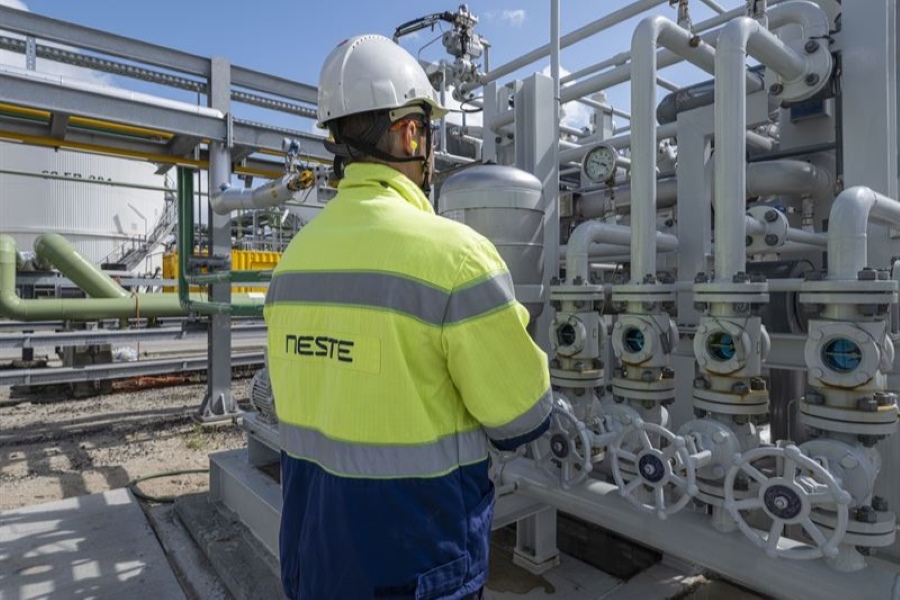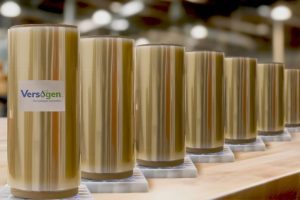The project aims to demonstrate the feasibility of renewable hydrogen as a substitute for fossil-based hydrogen in refining processes, thereby helping to reduce greenhouse gas emissions. As the next step, the consortium partners will conduct a test program to validate the technology’s performance.
MultiPLHY is a European demonstration project involving Neste, Sunfire, CEA, and ENGIE. The 2.6 MW high-temperature electrolyzer, based on solid oxide electrolysis cell (SOEC) technology, has been supplied by the German electrolyzer manufacturer Sunfire. The hydrogen processing unit (HPU) is provided by SMS group. Neste is responsible for integrating the electrolyzer into the refinery and, together with Sunfire, oversees its operation. The research and technology organization CEA coordinates the project, while ENGIE is responsible for the techno-economic assessment.
“The MultiPLHY project has given Neste valuable insights and experience in integrating industrial-scale renewable hydrogen production into our refinery,” said Jukka Kanerva, Senior Vice President, Renewable Refining at Neste. “We remain committed to exploring different pathways to replace fossil-based hydrogen in our refining processes to reduce greenhouse gas emissions in our own operations. This demonstration project also shows the importance of cooperation across the whole value chain.”
Operating at 850°C, the high-temperature electrolyzer consists of twelve electrolysis modules and produces more than 60 kg of renewable hydrogen per hour. By utilizing heat, the SOEC technology requires significantly less electricity than conventional electrolysis technologies to produce hydrogen.
“Thanks to their unrivaled efficiency, our high-temperature SOEC electrolyzers will be the preferred solution in many applications where waste heat is available,” said Nils Aldag, CEO of Sunfire. “The MultiPLHY project demonstrates that the innovative technology can be integrated into industrial environments at a large scale. We are proud of this big milestone.”
Pierre Olivier, Head of Hydrogen Lab at ENGIE, added: “High-temperature electrolysis has the potential to make renewable hydrogen more affordable while increasing the energy efficiency of various industrial processes globally. The construction and commissioning achieved by Sunfire and Neste is a tremendous achievement and a big step in making green hydrogen competitive.”
Mirela Atanasiu, Head of Unit Operations and Communication at the Clean Hydrogen Partnership, commented: “This installation is the largest of its kind in an industrial environment and represents a significant milestone for both the technology and the clean hydrogen sector. I would like to congratulate all the project partners for making this project a reality and advancing the European electrolyzer industry as a whole.”





